Excavators are formidable machines, capable of transforming construction sites and carrying out a wide range of tasks. At the heart of their versatility lies the quick-change joint, an engineering marvel that enables swift interchangeability of attachments. These joints revolutionize the way excavators operate, allowing operators to switch between various tools without time-consuming manual efforts. In this article, we delve into the fascinating world of excavator quick-change joints, exploring their different types and the benefits they offer.
-
Pin-On Attachments:
One of the most commonly used types of excavator quick-change joints is the pin-on attachment system. As the name suggests, this system employs pins to secure attachments to the excavator’s arm. Operators can change attachments by manually inserting and removing the pins. This method is reliable, cost-effective, and widely applicable to a range of excavator sizes and applications. Pin-on attachments find extensive use in digging, grading, and loading tasks, providing stability and durability.
-
Hydraulic Quick Couplers:
Hydraulic quick couplers represent a significant advancement in quick-change technology. This type of joint uses hydraulic power to facilitate the attachment switch. By activating a control mechanism, operators can effortlessly engage or disengage attachments without leaving the cab. Hydraulic quick couplers improve operational efficiency and safety, reducing the need for manual labor and potential injuries associated with attaching and detaching heavy equipment. Additionally, the hydraulic system ensures a secure connection, enhancing attachment stability during operation.
-
Mechanical Quick Couplers:
Mechanical quick couplers are another type of excavator quick-change joints commonly employed in excavators. This system relies on a mechanical mechanism, such as a locking pin or latch, to secure attachments. Operators can activate the coupler from inside the cab using a manual lever or switch. Mechanical quick couplers offer a reliable and straightforward attachment change process, enabling efficient equipment transitions. While they may require manual effort compared to hydraulic systems, mechanical quick couplers are often favored for their simplicity, cost-effectiveness, and compatibility with various attachment types.
-
Wedge-Style Couplers:
Wedge-style couplers provide a robust and secure connection for excavator attachments. This type of excavator quick-change joints employs two wedges that fit into corresponding slots on the attachment and the excavator arm. As the wedges are driven together, a powerful clamping force is generated, ensuring a tight grip. Wedge-style couplers offer excellent resistance to shear forces and provide enhanced stability during demanding applications, such as heavy lifting or demolition. While they may require more time to change attachments compared to hydraulic or mechanical systems, wedge-style couplers excel in tasks that demand exceptional strength and durability.
Conclusion:
Excavator quick-change joints revolutionize the efficiency and versatility of these powerful machines. From pin-on attachments to hydraulic and mechanical quick couplers, each type offers distinct advantages depending on the specific requirements of the job. These quick-change systems not only save time and effort for operators but also enhance safety, productivity, and cost-effectiveness on construction sites. As technology continues to advance, excavator quick-change joints will likely evolve further, opening new doors for innovation and enabling excavators to tackle an even wider range of tasks with ease and precision.
-
Tiltrotator Systems:
In recent years, a groundbreaking development in excavator quick-change joints has emerged: the tiltrotator system. This advanced technology combines hydraulic quick couplers with an additional rotational function, allowing the attachment to tilt and rotate independently. Tiltrotator systems offer unparalleled versatility, enabling operators to achieve precise angles and positions for complex digging, grading, and landscaping tasks. With the ability to rotate attachments up to 360 degrees, operators can work in confined spaces more efficiently, reducing the need for repositioning the entire machine. Tiltrotator systems significantly enhance productivity, as they enable operators to complete tasks with greater precision and speed.
-
Electro-Hydraulic Quick Couplers:
Electro-hydraulic quick couplers represent the fusion of advanced electronics and hydraulic power. These couplers allow operators to change attachments at the push of a button, eliminating the need for manual intervention. By utilizing electronic controls, operators can remotely engage or disengage attachments from within the cab, maximizing convenience and efficiency. Electro-hydraulic quick couplers offer rapid attachment changes, reducing downtime and increasing productivity on the job site. Additionally, the electronic integration allows for additional safety features, such as attachment recognition systems and sensors to prevent accidental detachment.
Conclusion:
Excavator quick-change joints have come a long way, evolving from simple pin-on systems to sophisticated electro-hydraulic couplers and tiltrotator systems. Each type of quick-change joint offers unique advantages and caters to different job requirements. These advancements in technology have revolutionized the construction industry, enabling operators to tackle diverse tasks with ease, efficiency, and enhanced safety. As the demand for versatility and productivity continues to grow, further innovations in excavator quick-change joints are expected, empowering operators and machines alike to push the boundaries of construction capabilities and transform the way we build our world.

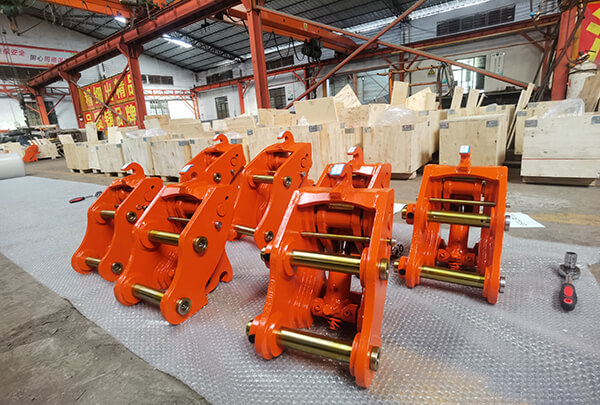
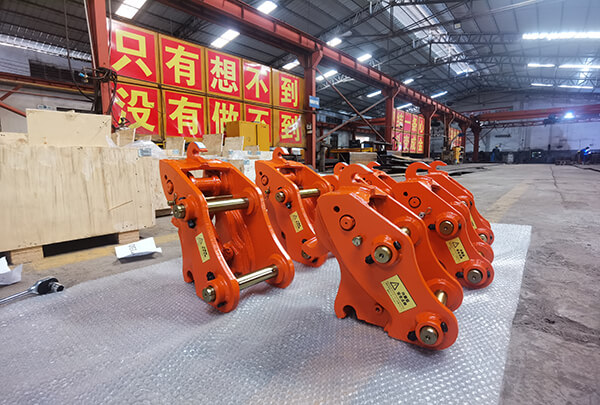

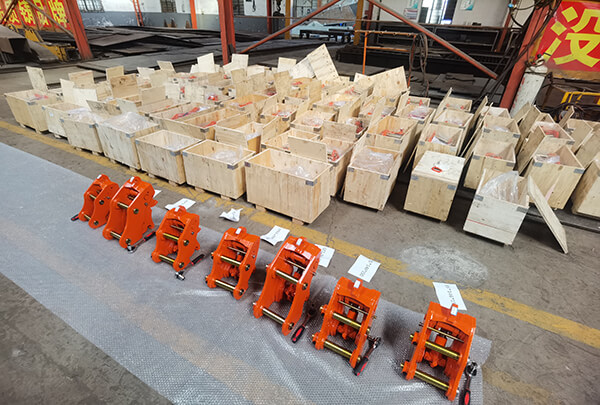

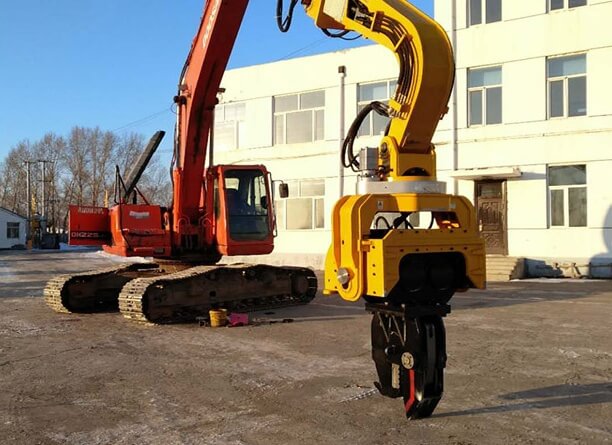

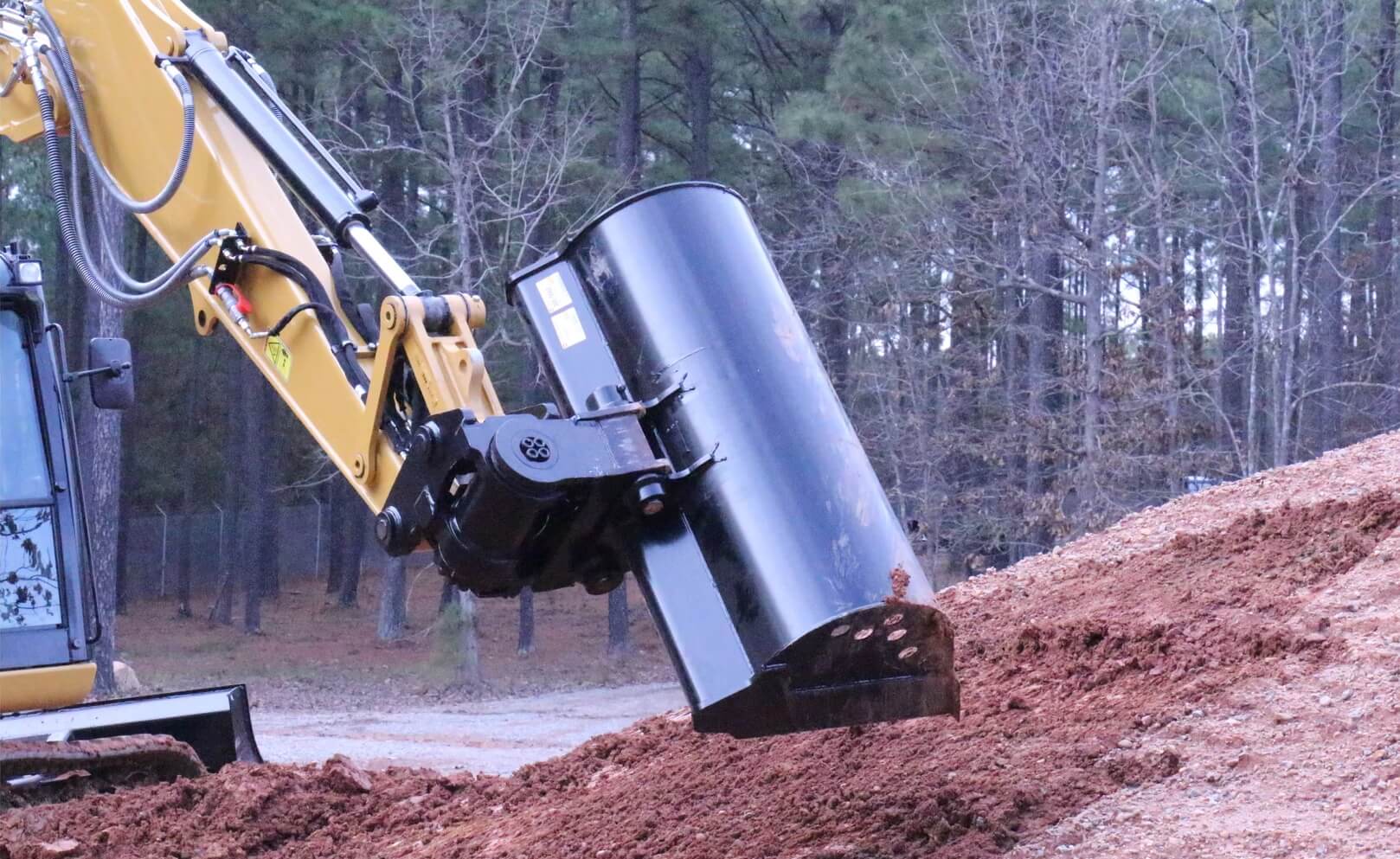
Leave A Comment